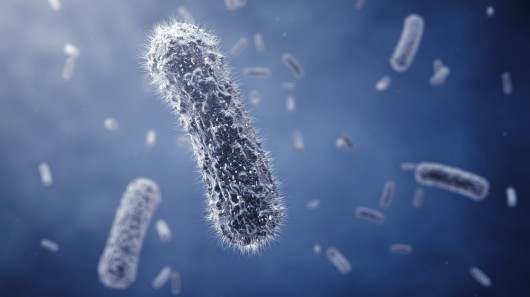
A newly-developed device known as a soft x-ray electrostatic precipitator has demonstrated an unprecedented ability to neutralize airborne pathogens, such as bacteria (Image: Shutterstock)
Help may be on the way for people with compromised immune systems, severe allergies, or who otherwise have to be wary of airborne nasties. A team of scientists have created something known as a soft x-ray electrostatic precipitator, or an SXC ESP for short. It filters all manner of bacteria, allergens, viruses, and ultrafine particles from the air – plus, it kills everything it catches.
Electrostatic precipitators (ESPs) already exist, and work by applying an electrical charge to airborne particles, which are subsequently drawn to an oppositely-charged metallic collection plate. According to the researchers, however, ESPs aren’t very efficient at trapping smaller particles – specifically in the submicrometer and nanometer size range.
HEPA filters are also very commonly used, although they require relatively frequent cleaning, and become energy-inefficient if those cleanings are missed.
To create the SXC ESP, the scientists added a shielded soft x-ray emitter to an ESP. This resulted in a two- to ninefold increase in its ability to capture ultra-small particles – additionally, by irradiating and photo-ionizing captured bacteria and viruses, it was able to neutralize them.
In lab tests of the device, it was able to protect immunocompromised mice from a wide variety of airborne pathogens.
It is now hoped that commercial SXC ESPs could be used in public buildings and in homes. Its cost would reportedly be in line with that of conventional high efficiency air cleaners, yet it would be much more effective, and easier to use.
According to team member Pratim Biswas of Washington University, St. Louis, its possible applications could include “indoor protection of susceptible populations, such as people with respiratory illness or inhalation-induced allergies, and young children; protection of buildings from bio-terror attack; protection of individuals in hospital surgical theaters, for example, during open organ surgery; protection in clean rooms for semiconductor fabrication; removal of ultrafine particles in power plants; and capture of diesel exhaust particulates.”
Scientists from the University of Cincinnati and Saint Louis University also took part in the study. A paper on their research is scheduled to be published in the journal Applied and Environmental Microbiology, and can currently be accessed free of charge online.
Source: American Society for Microbiology
Copyright © gizmag 2003 - 2013 To subscribe or visit go to: http://www.gizmag.com